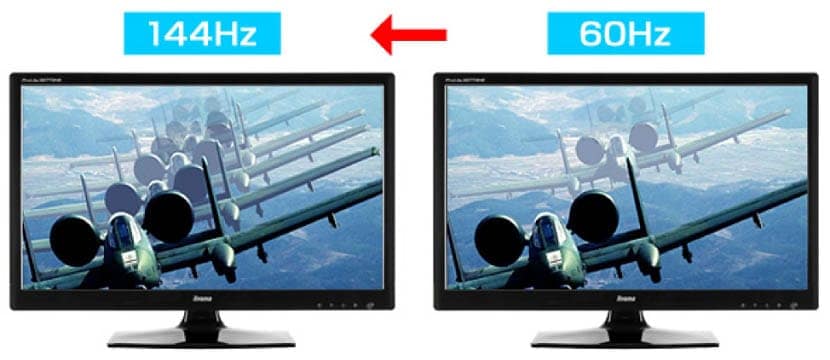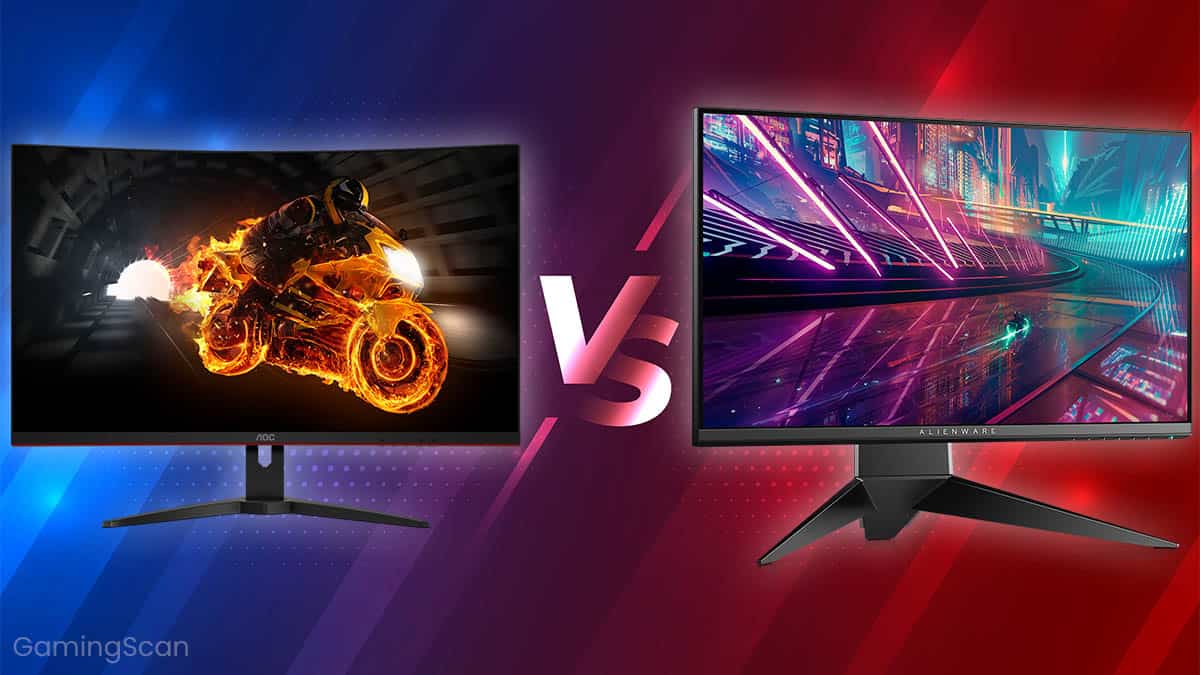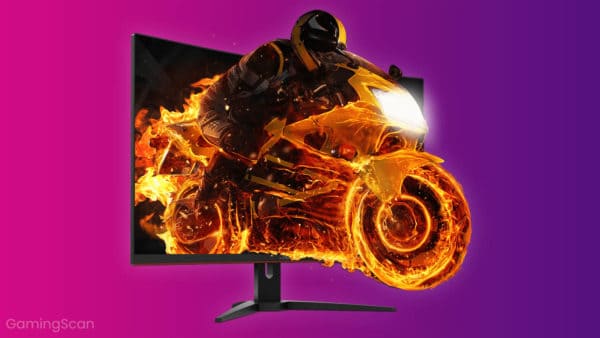Answer:
144Hz is better in the vast majority of cases: they are cheaper, the required FPS is easier to achieve, and the improvements that 144Hz brings over 60Hz are much greater than what 240Hz brings over 144Hz.
Not quite impressed with the fancy new 2K (1440p) and 4K resolutions?
If you’re the type of gamer who prefers performance over visuals, you’re likely to turn your attention to 144Hz and 240Hz monitors instead.
But which of those two is a better choice overall?
In this short article, we will quickly go over what refresh rates actually are, the pros and cons of both 144Hz and 240Hz, and which one you should ultimately pick for different use-cases.
Table of ContentsShow
What Are Refresh Rates?

Let’s refer to the very basic question: what is a refresh rate?
In essence, a display’s refresh rate represents how many times per second it can refresh the displayed image. So, for example, a monitor with a 60Hz refresh rate refreshes 60 times per second.
Obviously, this also governs how many frames per second a monitor can display. While your graphics card may render well over a hundred frames, a monitor will only actually show whatever its refresh rate allows — most commonly, that will be 60.
This is where 144Hz and 240Hz monitors enter the scene.
144Hz vs 240Hz
So, you’ve decided to push that FPS counter to the limit and get every advantage you can in competitive multiplayer. Yet, you’re faced with a dilemma: Which of these two refresh rate standards best suit your needs?
Here’s what you need to consider!
Can Your GPU Handle It?

This is something that you need to ask yourself even when considering 144Hz, let alone 240Hz. If you buy one of these monitors and can’t get a framerate worthy of them, that money was flushed straight down the proverbial drain.
So, the first thing you need to do is run a benchmark and see how well your graphics card performs in specific games where you want that increased framerate. A lot of games have integrated benchmarks, but if you don’t want to mess with third-party programs, you can check how your GPU performs on average here.
Can You See The Difference?
The best way to compare 144Hz and 240Hz monitors is to see how they perform in person. Luckily, bigger hardware stores usually have models on display that you can check. If that’s not the case, a video can serve the purpose just as well:
Can You Afford It And Is It Worth It?
Naturally, 144Hz monitors are more expensive than their 60Hz counterparts, while the 240Hz ones are the priciest.
Now, assuming that you can actually see the advantages that they have over 60Hz, and assuming that you can tell the differences between the two, it is entirely up to you to decide whether they are worth the investment or not.
Conclusion

All things considered, we would recommend 144Hz over 240Hz for most people. Not only are these monitors generally more affordable but the target performance is easier to hit as well.
Perhaps most essentially, while there is a visible difference between these two refresh rates, a jump from 60Hz to 144Hz leads to much more noticeable improvements, while the difference between 144Hz and 240Hz is only minor. We would only recommend 240Hz monitors to people who have beastly PCs and don’t mind investing more gravy into their gaming rig.




